Lighting
You will need bright soft lighting and natural daylight is perfect for this, an overcast day is best as it avoids any glare from harsh sunlight.
So set up your artwork outdoors if possible or near to a large window indoors.
Setting Up Your Camera
To make sure the image is sharp it's important that the camera doesn't move while the image is being taken. The best way to do this is by using a tripod, you can buy a perfectly adequate one for less than £20. Alternatively choose a flat level surface to rest your camera on.
Setting Up Your Artwork
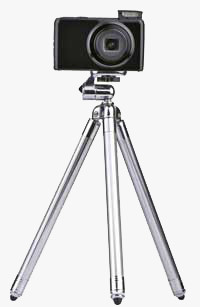 Use a clean simple background and make sure your artwork is parallel with the lens of the camera. If the artwork needs to be on a slant to stand up, then tilt the camera to match the angle.
Use a clean simple background and make sure your artwork is parallel with the lens of the camera. If the artwork needs to be on a slant to stand up, then tilt the camera to match the angle.
Move the tripod close enough to the painting so the viewfinder is filled with the image of the painting
Taking The Photo
It's important to make sure that your flash is turned off, this avoids any hotspots of lighting when the flash is so close to the artwork. If indoors turn off all room lights too as artificial lighting can cause an undesirable colour cast on your image.
It's a good idea to zoom in just a little as the normal focal length of some digital cameras when first switched on can be slightly wide angle and this can cause some distortion of the image.
To get the best possible image quality from your camera you need to use the highest image quality setting. Use the camera settings menu to select "sensitivity" and choose ISO 100 or 200. If you're not sure how to do this, then just leave your camera on "Auto Mode".
If possible use the camera's self timer to take the photo to keep your camera perfectly still, doing this creates a delay between when you press the shutter and the image being taken and avoids camera shake spoiling the image.
What About My Smartphone Camera?
If you don't have the time or money then your smartphone camera can be useful when you need to quickly make images of your work for website or social media use. Smartphone cameras are really convenient, and their improvement over the last few years has been truly astonishing.
How to photograph artwork with a smartphone:
- Always use a tripod to avoid shaky or blurred images.
- Don't use the zoom, position the phone camera closer rather than zoom in.
- Keep the the phone camera square on to the artwork to avoid distortion.
- Always use natural lighting, preferably without full sun. Artificial lighting will introduce unwanted colour bias.
Accurate Colour Reproduction
The colour and exposure of your image should be as close as possible to your artwork.
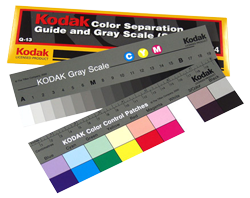 If you want to check how accurate your image is for colour and density then including a colour guide and grey scale strip when photographing your artwork will help enormously to determine what adjustments might be needed to match your image to your artwork.
If you want to check how accurate your image is for colour and density then including a colour guide and grey scale strip when photographing your artwork will help enormously to determine what adjustments might be needed to match your image to your artwork.
You can order Kodak Color Separation Guide and Gray Scale (Q-13) strips from Wex Photo Video
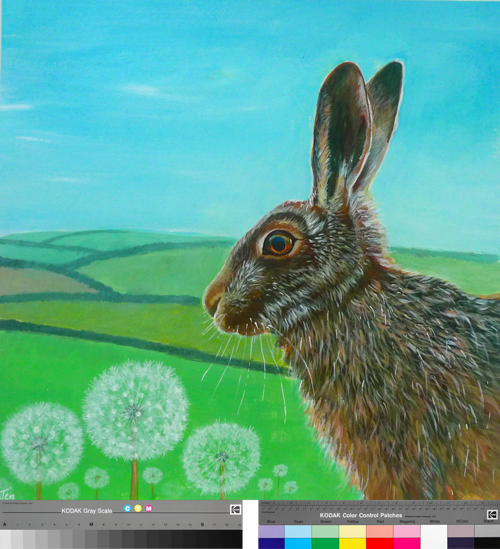
Photo Editing
There are lots of photo editing applications for editing your image - useful tools for checking the image is in focus, cropping the image and also making any required colour and density adjustments.
Adobe Photoshop Elements contains most of the features of the professional version of Photoshop, but with fewer and simpler options. It will do the job of image editing very well and costs less than £100.
Pixlr Editor is a free online photo editor with a professional touch ... A very capable set of tools which rival professional programs.
Not Sure If Your File Is Suitable For Printing?
Want to know if your file(s) are suitable for printing to a certain size on your chosen media? Use our FREE Image Report service.
Learn More - Image File Check
Redcliffe's Art Copy Service For Fine Art Reproductions
Redcliffe offer a premium art copy service that offers you the complete package. We can create a very high quality digital file from your artwork, for small artworks up to A3 we use a high end flat bed scanner and for very large artworks we use a large format studio camera.
Learn More - Art Copy Service
Get in Touch
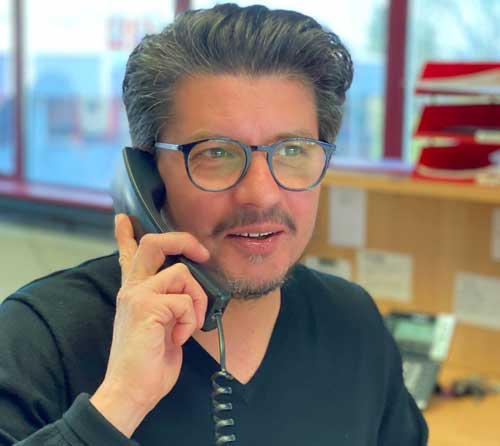
We are always interested in what you have to say, we look forward to hearing from you - Tom Chard.

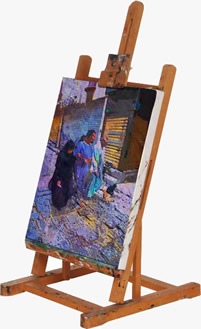
 Use a clean simple background and make sure your artwork is parallel with the lens of the camera. If the artwork needs to be on a slant to stand up, then tilt the camera to match the angle.
Use a clean simple background and make sure your artwork is parallel with the lens of the camera. If the artwork needs to be on a slant to stand up, then tilt the camera to match the angle.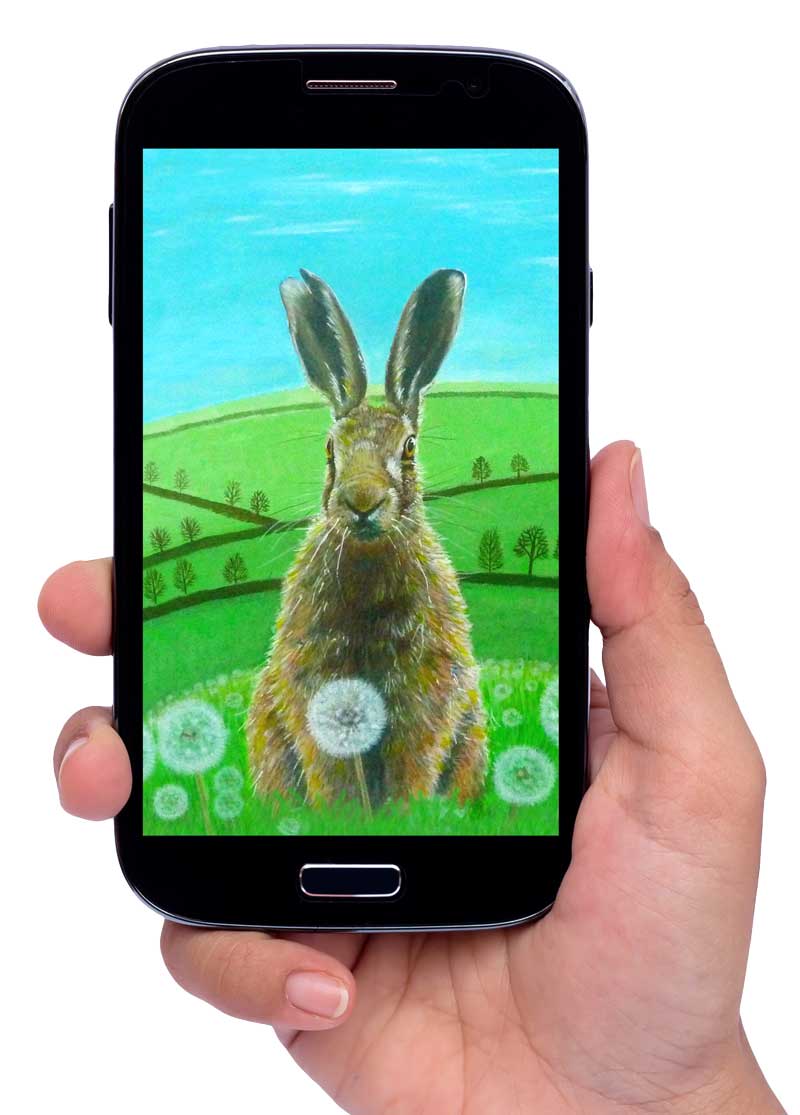
 If you want to check how accurate your image is for colour and density then including a colour guide and grey scale strip when photographing your artwork will help enormously to determine what adjustments might be needed to match your image to your artwork.
If you want to check how accurate your image is for colour and density then including a colour guide and grey scale strip when photographing your artwork will help enormously to determine what adjustments might be needed to match your image to your artwork. 

